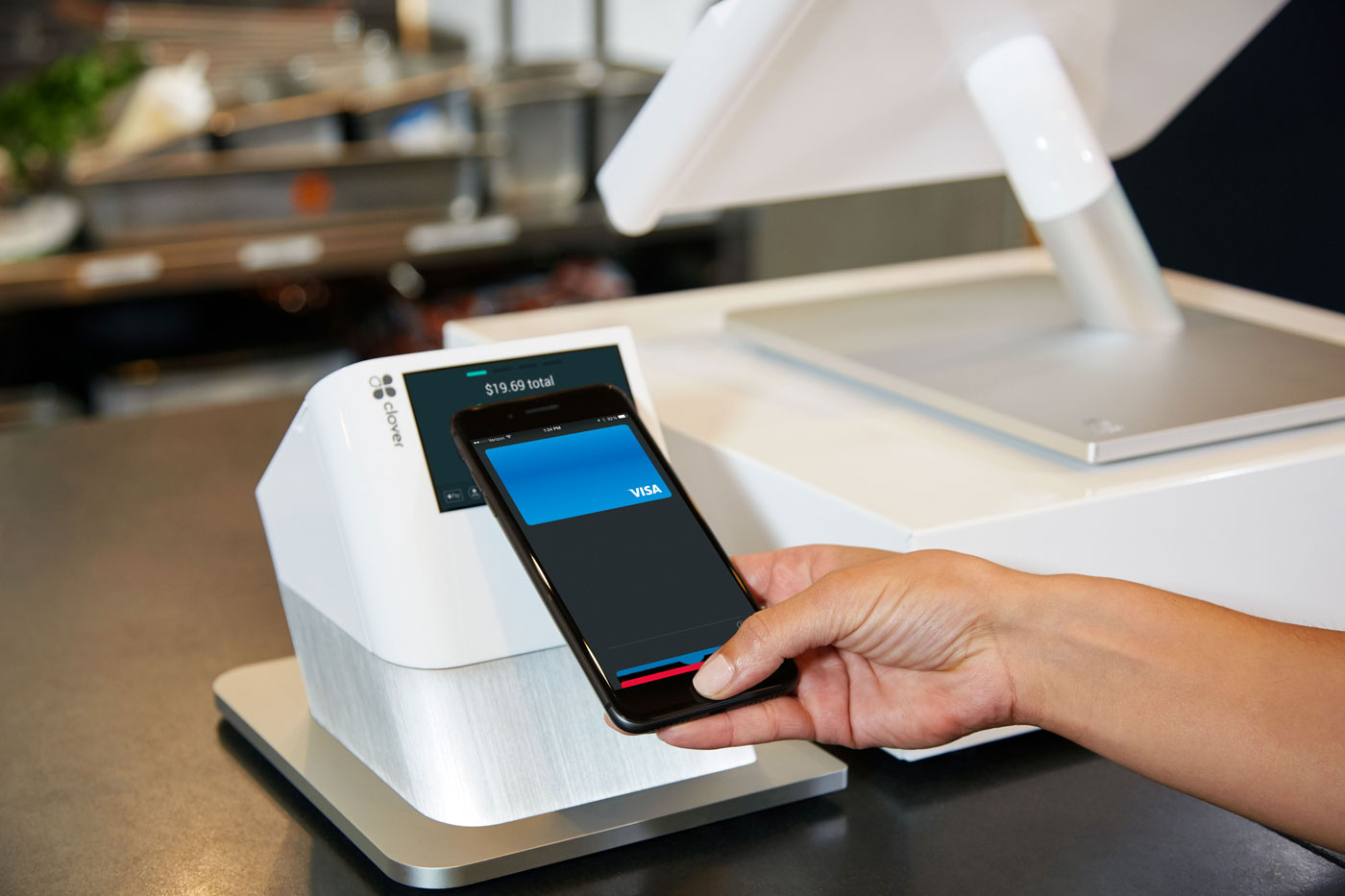How do NFC and MST differ? What do I need to know?
Editorial Team
4 min read
There are countless payment options out there — from credit cards to mobile-specific apps. Two of the most innovative payment technologies to emerge in the last 10 years are near field communication (NFC) and magnetic secure transmission (MST).1
These two technologies are quite similar. In both cases, users upload their credit card data into a mobile payment app on their smartphone and then use it to make purchases in brick-and-mortar retail stores. These card details are encrypted within the phone and provide one-time authorization tokens for each individual purchase.2
NFC and MST are also both contactless payment solutions that only require the mobile device or wearable (like a watch or fitness tracker) to be within physical proximity of the terminal to complete a transaction.
That’s where the similarities end. How are NFC and MST different — and what are the pros and cons of using either?
Please share your contact information
to access our premium content.
Thank you for sharing your contact information.
Download NowWhat are NFC payments and how do they work?
If your business currently accepts payments via Android Pay® or Apple Pay®, your store is already set up to process near field communication transactions. When a customer is ready to buy one of your products or services, they unlock their phone using a pattern, password, or fingerprint scan. Next, they wave their device across your terminal to initiate an electromagnetic induction link between the phone and the reader.
Voilà — you’ve just made a sale.
NFC technology had a rough start in the early days, with many promising solutions struggling to succeed. Despite leveraging many of the latest security features available at that time, Google Wallet, for example, didn’t win over enough converts because it favored Android devices and was only available on NFC-enabled Androids.3
The release of Apple Pay in September 2014 helped to change that.
Apple managed to boost NFC’s popularity by securing advanced agreements from hundreds of thousands of merchants.4 The company also released iPhone® 6 and iPhone 6 Plus, which were the first Apple Pay-enabled phones.5
What is MST for Samsung Pay users?
Magnetic secure transmission, or MST, technology uses “magnetic” signals to establish a connection between the user’s mobile device and the terminal. This process essentially mimics the magnetic connection created when swiping traditional credit cards.6
The primary advantage of MST technology is that it works on most NFC-ready terminals. In fact, MST-enabled devices work with most types of readers that don’t require you to insert cards into the terminal. Users simply hold their phone next to where a card would be swiped to initiate a connection. This is the type of proprietary technology available in Samsung Pay.7
Samsung acquired the technology from LoopPay in 2015.8 Samsung’s MST technology began shipping on the Note 5 and the Galaxy S6 series, and all phone models and Gear and Galaxy fitness watches since then.
With MST technology, merchants don’t have to make as many upgrades and customers are able to use this payment solution at more locations.
Here is a list of banks and card issuers currently supporting Samsung Pay.
NFC technology vs. MST technology: which one is better?
The main difference between NFC and MST technology is interoperability. With near field communication payments, the merchant’s terminal and customer’s device must be NFC-enabled. By contrast, MST works across a larger number of terminal types – including those powered by NFC payment technology.
When it comes to NFC vs. MST payments, which one is better?
As a merchant, interoperability probably doesn’t matter if you already use NFC payment technology. Your terminal can process transactions made via MST or near field communication. As a consumer, however, NFC may be your only option unless you have a Samsung phone that supports MST payment technology.
Can your business accept NFC and MST payments?
If you have a newer terminal or POS system capable of reading NFC-enabled smartphones and wearable technology, and it also allows for magnetic stripe card swipes, you may be able to accept both NFC and MST transactions.
To learn more about NFC and MST contactless payment solutions, contact our team of payments experts today.
1 “The evolution of the mobile payment,” Tech Crunch, 17 June 2016
2 “Apple Pay security and privacy overview,” Apple
3 “Apple Pay Might Just Make Mobile Wallets Finally Happen,” The Atlantic, 9 September 2014
4 “Subway, McDonald’s, and Other Chains Are Launching Apple Pay Today,” Eater, 20 October 2014
5 “Apple Announces Apple Pay,” Apple, 9 September 2014
6 “What is MST (Magnetic Secure Transmission)?” Samsung
7 “Samsung Pay works almost anywhere your credit card does,” The Verge, 13 August 2015
8 “Samsung Pay makes mobile payments slightly less of a mess,” The Verge, 5 October 2015
Related Posts
How to keep your customers close—at a social distance
How to detect in-store credit card fraud
Popular Topics
Stay In Touch
Sign up and learn more about Clover.
Thank you for your subscription!
Recent Stories
- Jewelry store supplies and equipment needed for opening day
- How small businesses can use employee discounts to retain staff
- Tips and tricks for opening an outdoor pop-up restaurant
Please share your contact information
to access our premium content.
Thank you for sharing your contact information.
Download Now






